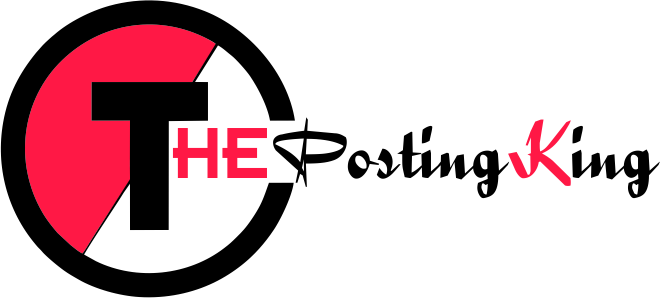It is an exciting time to be alive. Technology & innovation are transforming the world around us, making our lives even faster-paced, more complex and connected than they’s ever been before. The future of work is now, with AI changing how we live, how we think and how we do business.
What is Technology?
Technology is a term that refers to the tangible and intangible components of the application of scientific knowledge for practical purposes. Tangible components are the hardware, tools, machines, and buildings that people use to do work. Intangible components are the processes or methods used to achieve desired outcomes—including software, algorithms, models, and manuals.
Design Thinking
Design thinking is a technique for innovative problem solving. It is often used in the field of design, but can also be applied to other areas such as business, education, Indian Satta and social innovation.
The process of design thinking involves understanding the problem at hand and generating ideas or potential solutions. This can be done through brainstorming or other creative methods.
There are no perfect solutions to every problem. The next step is evaluating which solution to implement. Once a solution is found that best solves the problem, it’s developed further and implemented. If this approach doesn’t work, the process starts anew from an analysis of the problem.
Design thinking is an iterative process that focuses on user needs, and it creates practical and innovative solutions. Designers will be able to fail at each stage in order to test their work. This helps lead to successful outcomes.
Why Are We Discussing the Future of Work?
Technology and innovation are changing the way we work. Communication, collaboration, & creation are all evolving faster than ever before. It’s important to have these conversations – the future of work is here and it matters.
The technological advances of the past few decades have been amazing, but they’ve also been disruptive. They’ve changed the way we live and work, often in ways we couldn’t have even imagined. And this disruption is only going to continue as technology continues to evolve.
That’s why it’s so important to talk about how work is changing. Without understanding these changes, it can be impossible for us to understand how they’ll impact us. Only by having insight into what the future of work might entail, will we have the opportunity to take advantage of all the opportunities that are coming our way.
The Future of Work: A Humanistic Approach to Work
The future of work is now. Technology and innovation are changing the way we live, the way we work, and the way we interact with each other. The future of work is a humanistic approach to work that values people and their skills, abilities, and potential.
The future of work is about using technology to empower people and help them reach their full potential. It’s about building an atmosphere where people can do their best work. And it’s about finding new ways to use technology to create value for businesses and society.
It’s important for us to think about the future of work differently than we’ve done in the past. We need to think about how we can use technology to make work more human. We need to think about how we can use technology to create more value for businesses and society. And we need to think about how we can use technology to empower people and help them reach their full potential.
The Future of Work: Three Scenarios
The future of work is a hot topic these days, with technology playing an ever-increasing role in how we do our jobs. Here are three scenarios for the future of work, based on current trends:
Scenario 1: The Gig Economy
In this scenario, the traditional 9-5 job becomes a thing of the past, as more and more people opt to work freelance or contract gigs. This could be due to the flexibility & freedom that comes with such arrangements, or simply because full-time jobs are increasingly hard to come by.
Scenario 2: The Automation Revolution
In this scenario, automation and artificial intelligence take over many of the tasks currently performed by human workers. This could lead to mass unemployment, as there are simply not enough jobs to go around. Alternatively, it could result in a shift towards more creative & higher-level jobs that cannot be easily automated.
Scenario 3: The Connected World
In this scenario, technology allows us to work from anywhere in the world at any time of day. With high-speed internet and mobile devices, we can all be connected 24/7. This could lead to a more productive workforce, as people can fit work in around their other commitments. It also lead to burnout, as there is no clear boundary between work & leisure time.
Conclusion
Technology and innovation are rapidly changing the landscape of work. We are now living in a world where jobs that didn’t exist a few years ago are becoming commonplace, and it’s only going to continue. As we move into the future, it’s important to stay ahead of the curve & be prepared for whatever changes may come. Keep an open mind, stay adaptable, and embrace new technologies as they emerge. The future of work is now — let’s make the most of it!



